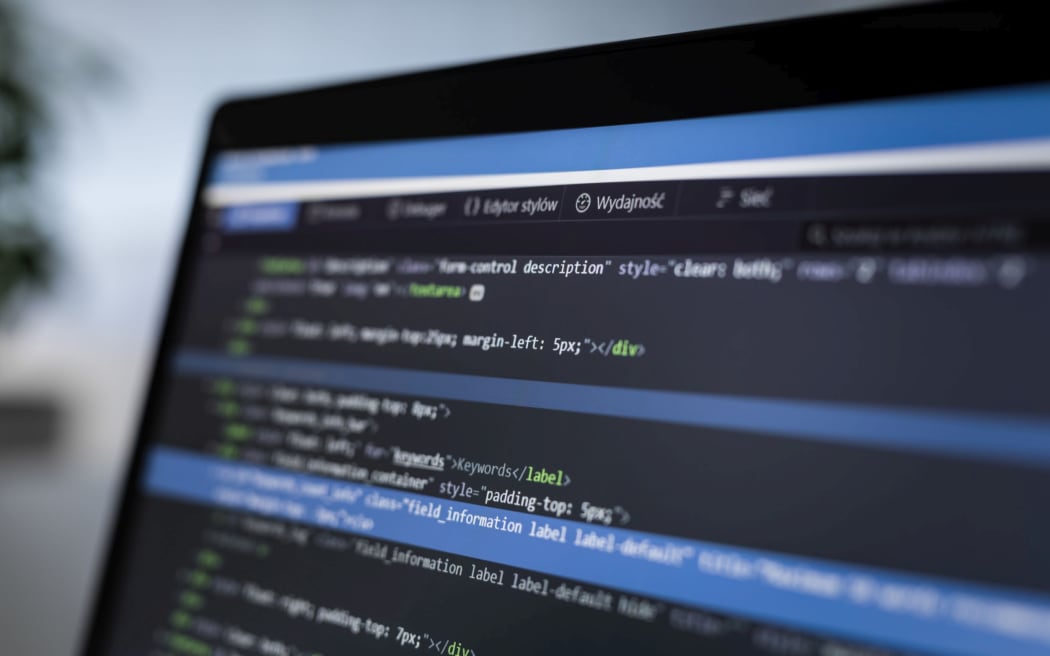Not-for-profit organisation Take2 is running a modern rehabilitation programme for prisoners to build their chances of getting a job as they resettle into their lives.
A 12-month pilot of the programme, focusing on computer coding and web development, is nearly complete.
Take2 technical director Matthew Berrigan says the company’s founder, Cameron Smith, came up with the idea after realising how hard it was for ex-prisoners to secure a job.

Photo: 123rf
“As a recruiter at the time, Cam was noting how difficult it is for people who have served a prison sentence to actually rebuild their lives and the rehabilitation only really starts in the prison, it’s a matter of completely rebuilding a life.
“So he set out to really start to build a bridge between the prison experience and rehabilitation and then to really open those gates to make jobs available and to assure that success for people who have served a sentence.”
For Berrigan, it was the perfect opportunity to share the skills he had built over 20 years with people for a good cause, he says.
“My role at Take2 is to work with our teachers to build and constantly enhance the cirriculum so that we’re creating graduate that’s are ready essentially for industry.”
In this pilot, they have been teaching 10 to 15 students who generally have had to learn from scratch, he says.
“I think ordinarily that would seem quite daunting but what I found really delightful is the amount of talent that I have found.
“There are people that just haven’t believed that this technology world was for them so they really haven’t tried, then when they try, what we see is actually a lot of hidden talent in places where we least expected.”
After nine to 12 months in the programme, industry partners of Take2 offer an apprenticeship for graduates, he says.
“So, over the course of sort of two to three years, we wraparound an individual and say education phase, and then apprenticeship phase into industry in those first six months of doing a job.
“Then we just continue to stay in touch to make sure that rehabilitation really happens and that we end up with graduates that have a career in technology, whether that be in actual coding or whether that be in design, or whether that be in configuration, we try and find the places that people work with their strengths in such a diverse area of technology.”
Through developing and coding, the students undergo a change of mindset too, Berrigan says.
“Technology is just everywhere now … it’s all over the place.
“So I actually think the magic for our students is for them to be able to see that they can create and they can make changes that affect their lives every day and in every way in terms of their future … and suddenly a world of hope and empowerment just opens up.”
Seeing their graduates transform has been an impetus to keep going, he says, with one of them securing a role in a major IT company.
“All the reports are that this person doing a fantastic job and just meeting the mark all the time.
“So that gives us a great deal of hope for everybody coming through and we’re so grateful that we have wonderful industry partners right across New Zealand who are willing to help our graduates on this journey.”
They’re hoping to broaden the programme, he says, and are planning to start another two classes in South Auckland – one of which is set to be for those with a community sentence.
“We’re in constant conversation with similar programmes that are happening in the United States and also in the UK.
“And as you can imagine, these are large programmes in large countries and they’re sort of scaling right throughout some pretty distant places where they’re teaching and it seems to work, so we’re hopeful. It’s not going to be easy, but we’re all fired up for it.”

